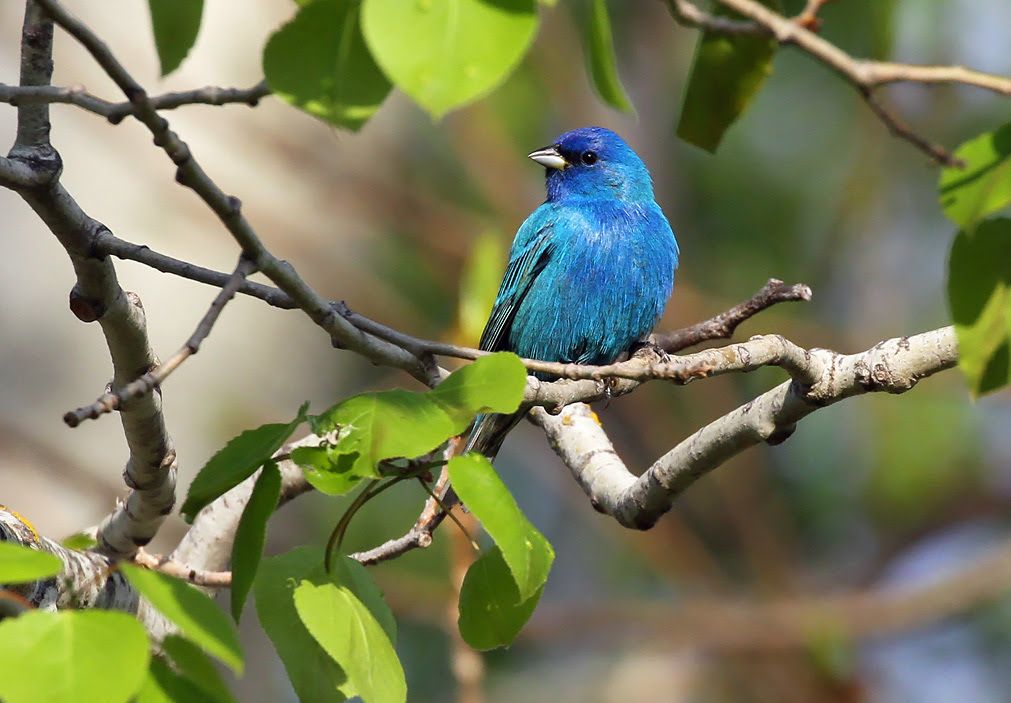
The Wisconsin Department of Natural Resources (DNR) is encouraging bird watching enthusiasts to enjoy the miracle of migration and take some simple steps to help their fine-feathered friends.
“Millions of birds will be passing through Wisconsin in May, coming from as far away as Argentina and going as far as Alaska and the Arctic Ocean,” said Craig Thompson, DNR Program Integration Section Chief. “It’s nothing short of a miracle, and a great opportunity for people to get out to their local parks, state parks or natural areas to enjoy the spectacle.”
More than 350 different species of birds have been reported in Wisconsin in May, providing a wealth of avian viewing opportunities that reflect Wisconsin’s location in the Mississippi River flyway and along the Great Lakes shorelines, which birds funnel through on their way north to Canada’s boreal forest and arctic tundra. Horicon Marsh, the world’s largest freshwater cattail marsh, and a diverse mix of other wetlands, grasslands and forests also provide key habitats for migratory birds.
Warblers, orioles, thrushes, hummingbirds, tanagers, indigo buntings and shorebirds are among the favorite long-distance migratory birds people are likely to see. Their migration is influenced primarily by changes in day length, or photoperiod.
Where To Watch Birds
The DNR’s Birding and Bird Conservation webpage contains links to birding hot spots and organizations that often provide guided bird outings. Several of Wisconsin’s big birding festivals have returned for 2021 with safety precautions:
Sign up to get weekly statewide birding reports via email or text to see what species to look for where and what’s showing up statewide.
Birdwatch For Camaraderie And A Good Cause
As many new bird watchers have discovered, part of the fun is sharing sightings with family and friends and figuring out which bird species are showing up around the neighborhood.
Enjoy that camaraderie and help a good cause by participating in the Great Wisconsin Birdathon, running now through June 15. Teams ranging from kindergarten classrooms to bird experts join in the fun, challenging themselves to see how many birds they can spot in a single day of their choosing.
Teams collect donations from family and friends to support high priority bird conservation projects in Wisconsin that protect species such as piping plovers, Kirtland’s warblers, whooping cranes and more. Non-profits that join the birding fun are eligible to keep half the funds they raise, giving back to birds and the community.
The annual event is hosted by the Natural Resources Foundation of Wisconsin and is the largest fundraiser for bird conservation in the state. Last year, participants raised more than $104,000 for the Bird Protection Fund.
“We hope the Birdathon can serve as a reminder of the incredible strength we have when we come together with our communities to make a difference,” said Sarah Cameron, Great Wisconsin Birdathon Coordinator.
To make a donation, register your 2021 Birdathon team or learn more about the Bird Protection Fund and projects supported by the Birdathon, click here.
Feed Birds With Native Plants
Migratory birds passing through Wisconsin need good places to refuel and rest between flights. A growing number of Wisconsinites and communities are providing those stopover habitats in their own backyards or municipal boundaries, and you can too.
More than 90 Wisconsin communities are now recognized as Bird Cities for their conservation activities, including Greenfield and Wauwatosa for the first time this year. “All in to Boost Birds,” in the Fall 2020 Wisconsin Natural Resources magazine, shares the stories of people and organizations improving bird habitat and protection both in Wisconsin and in migratory birds’ overwintering sites.
Adding native trees, shrubs and wildflowers to a yard provides birds shelter and key foods that replenish fat stores used up in long flights. View the DNR’s “10 Great Native Trees, Shrubs and Plants for Birds” handout to learn about native plantings that produce lots of insects and fruit for birds to eat.
“When we think of feeding birds, we should be thinking as much about native plants as we do bird seed, oranges, or sugar water,” said DNR Conservation Biologist Ryan Brady. “Native plants support the life cycles of 10 to 100 times more insect species than nonnative plants, insects that will attract and help birds more than any feeder will, especially from spring through fall.”
Native bird populations need all the help they can get. Their populations in the U.S. and Canada have declined by 30%, or 2.9 billion birds, since 1970, according to a study by researchers from seven renowned organizations, including the Smithsonian Institution. A 2019 National Audubon Society study also revealed two-thirds of North American bird species are at risk of extinction from climate change, but we can help improve the chances for 76% of species at risk if we act now.
Find more resources to protect and restore bird habitat on the DNR Birding and Bird Conservation webpage.

